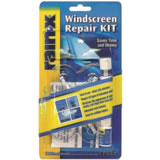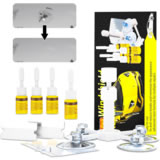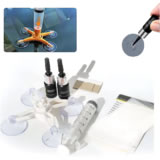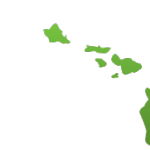Obstructed or cracked windshields, windshield replacements, and other laws and regulations are different in every state. Cracked windshield laws in Hawaii prohibit driving vehicles in case driver’s view of the road is obstructed.
Can I drive with a cracked windshield in Hawaii?
Hawaii laws prohibit drivers from operating vehicles having obstructed view of the road. Hawaii makes no additional details about the size of windshield cracks or chips, therefore it is up to police officers to determine if your view is impaired.
Other laws and regulations:
- Obstructed windshield regulations: Signs, posters, or other non-transparent materials which obstruct visibility are not permitted on windscreens.
- Replacing windshields: Replacement windshield glass must be of the same kind and quality, and any repairs should restore vehicle to its original state.
- Windshield wipers: vehicles must be equipped with windshield wipers in good working conditions. Cracks which prevent wipers from operating correctly may be illegal.
Federal cracked windshield regulations
Federal regulations require all drivers to have a clear vision of the road. Windshield cracks or chips smaller than ¾-inch in diameter are permitted, as long as they are not located within 3 inches of another crack.
Cracks or chips or other damage which can potentially impair clear view of the road must not be located within critical vision area, defined as area directly above the steering wheel, two inches from the top and one inch from sides.








